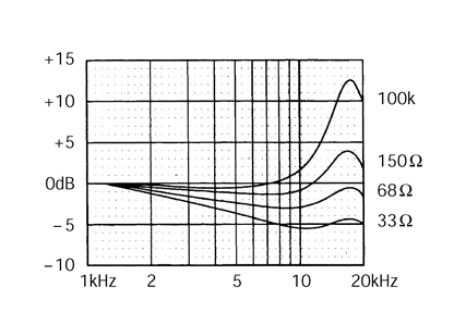The DEQX is very transparent. That sounds like a really cool system.
I know you use Acourate. Have you thought about setting it up again using Acourate or Audiolense?
I no longer use Acourate or AudioLense (or the DEQX, which I sold along with the line arrays).
In my current baffle wall setup I've got nearly perfect time and phase alignment above 50hz, so, there's little need for convolution beyond some low end PEQ to address some room induced issues. Nyles Mellor helped me to set up Fab Filter Pro 2 for music listening (it runs in J River), and I've found it "more satisfying" than Acourate or AudioLense in that there's a bit more "air" and "space" in the sonic signature.
My Trinnov setup performs that PEQ functionality for multichannel listening.


